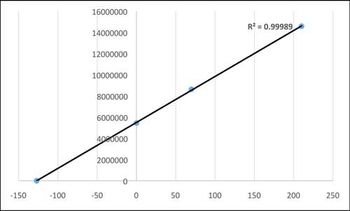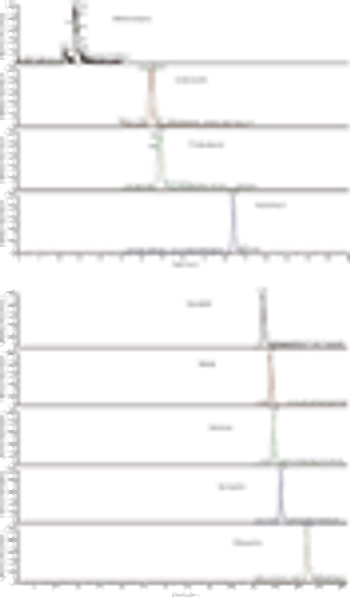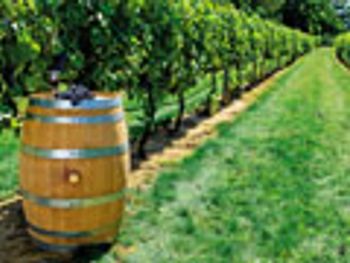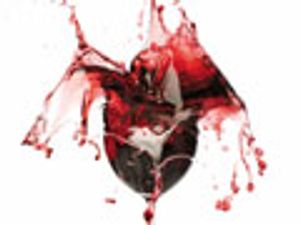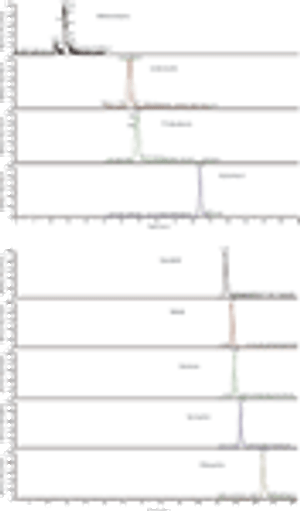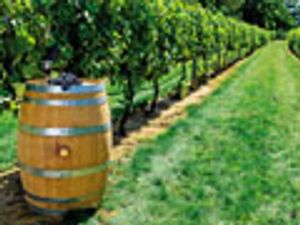
As a result of the rapid growth of the cannabis industry, many testing laboratories are looking for efficient, reliable, and cost-effective analytical methods to analyze chemical residues, such as pesticides, mycotoxins, solvent residues, terpenes, and heavy metals, as well as cannabinoid concentration in cannabis-infused edibles and beverages. In this article, QuEChERS (quick, easy, cheap, effective, rugged, and safe), a sample preparation technique widely adopted in the food testing industry, is introduced to the discipline of forensic testing as a viable method for the extraction of pesticides and cannabinoids in various complex sample matrices. The claimed amounts of cannabinoids versus the actual amounts are compared, as well as the pesticide residue levels in edible and beverage samples.


